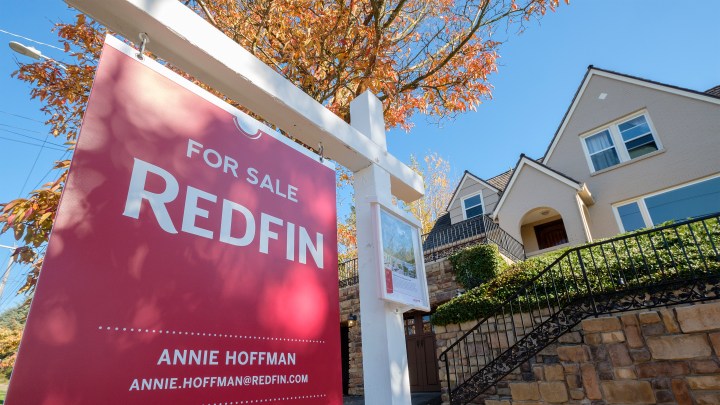
Black applicants are more likely to be denied mortgages, study finds
Black applicants are more likely to be denied mortgages, study finds

Owning a home is one of the main ways people build wealth in this country, so the fact that nearly 75% of white households own their home, compared to 44% of Black households, goes a long way toward explaining the persistent wealth gap.
The Consumer Financial Protection Bureau is out with new data digging into that disparity. While Black Americans made some gains in homeownership last year, they were far more likely to be turned down for a mortgage than other racial and ethnic groups.
About 7% of new home loans went to Black homebuyers in 2019, up from 6.7% in 2018.
That’s an improvement, said Nikitra Bailey with the Center for Responsible Lending, but, she said, “African Americans continue to be underserved in the mortgage finance system in relation to their population overall.”
The U.S. population is more than 13% Black.
Though loan denials overall fell, 16% of Black applicants were denied mortgages last year, compared to 7% of white borrowers. The most common reason lenders cited, by far, was the ratio of a borrower’s debt to income.
Traditional measures of risk like debt-to-income ratios disproportionately hurt Black borrowers, said Henry Louis Taylor Jr., a professor of urban and regional planning at the University of Buffalo.
“They’re not going to do well on that because of the low incomes that they have traditionally and because of the debts that they acquire just trying to make ends meet,” he said.
Research has shown that ratio isn’t the strongest predictor of default.
This week, the Consumer Financial Protection Bureau proposed a rule that could make it easier for borrowers with higher debt-to-income ratios to qualify for loans. The current standard would be replaced by a measure that weighs affordability based on the annual rate of interest.
“What we don’t know is whether with this additional variable, are you actually going to grow the lending pie?” said Karan Kaul, senior research associate at the Urban Institute’s Housing Finance Policy Center. “Are you going to shrink it, or does it stay roughly the same?”
And if the lending pie does grow, who gets a bigger slice?
There’s a lot happening in the world. Through it all, Marketplace is here for you.
You rely on Marketplace to break down the world’s events and tell you how it affects you in a fact-based, approachable way. We rely on your financial support to keep making that possible.
Your donation today powers the independent journalism that you rely on. For just $5/month, you can help sustain Marketplace so we can keep reporting on the things that matter to you.


















